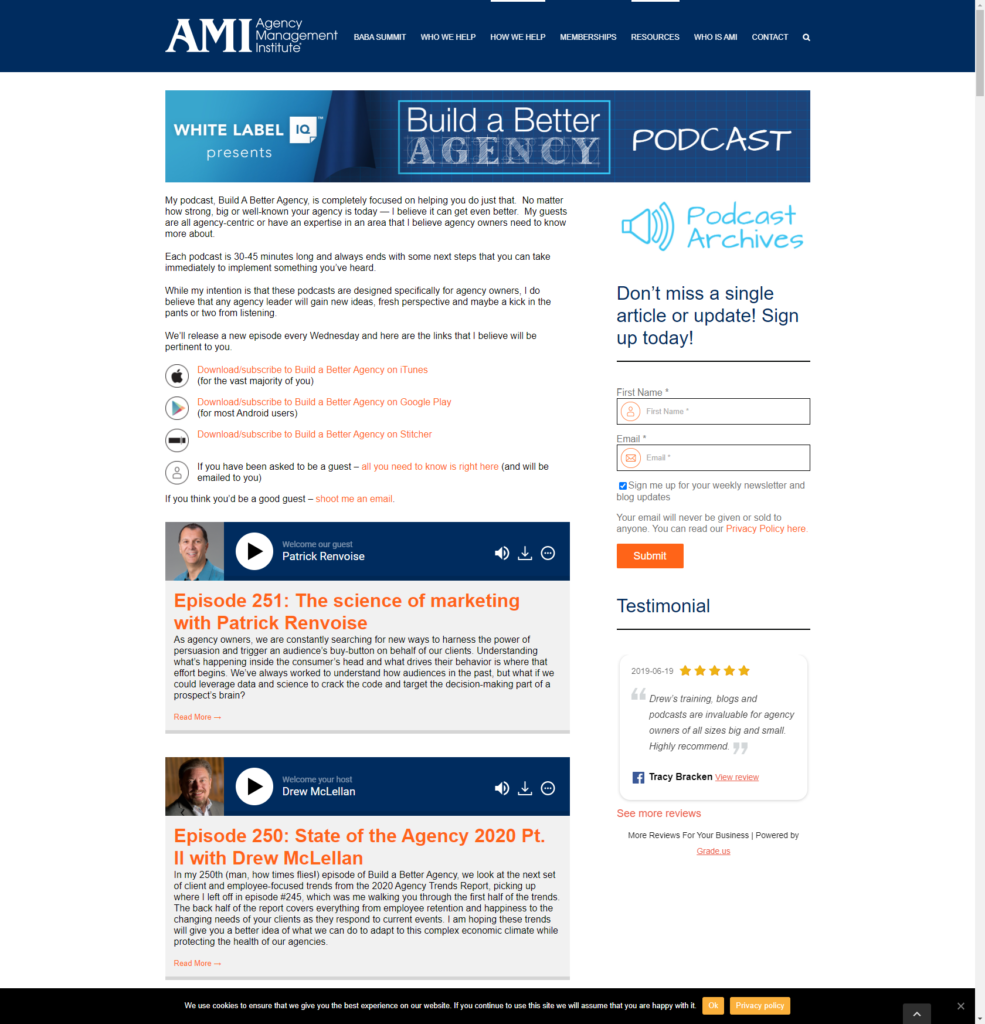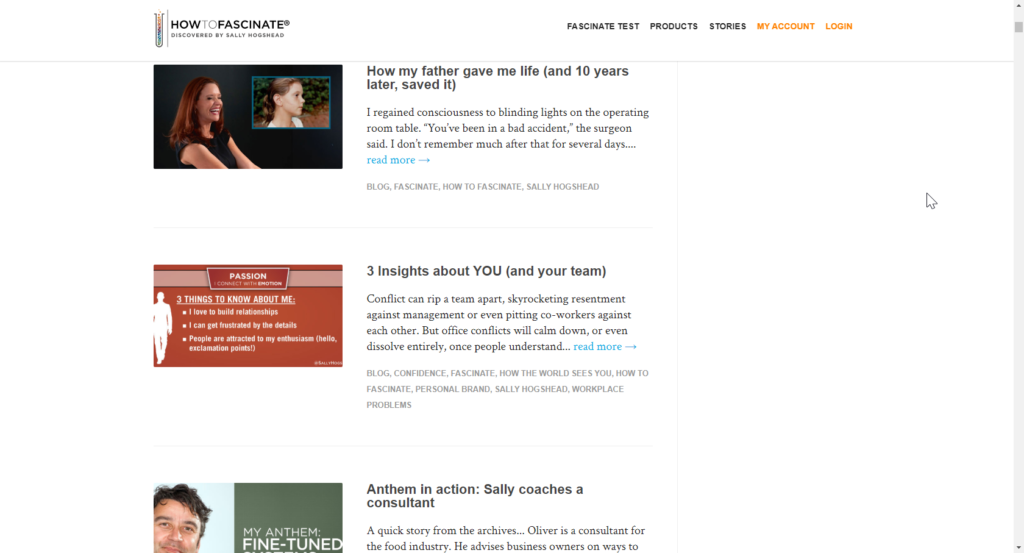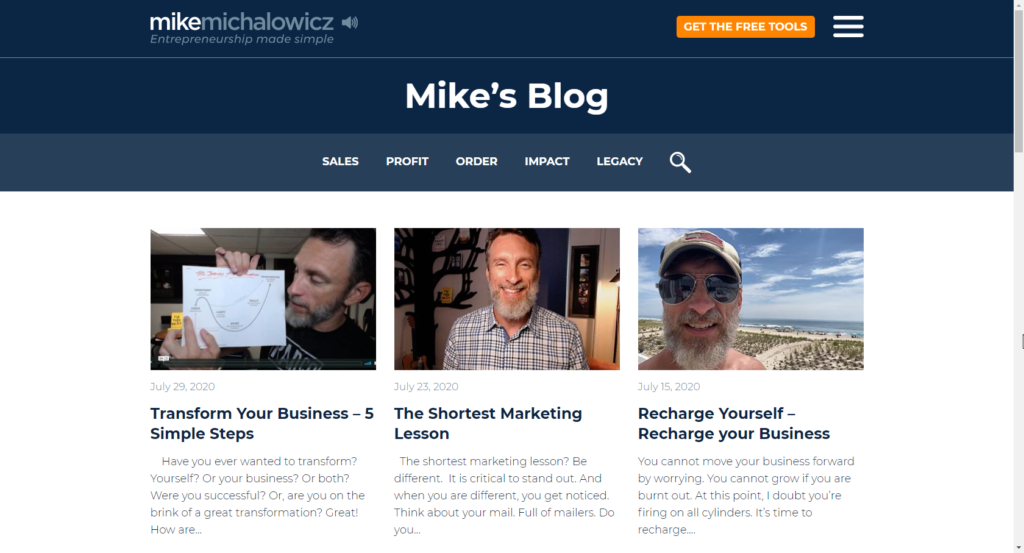
Thought leadership blogging in WordPress is a great way to establish authority and increase your website views and audience retention.
When done correctly, thought leadership can propel the awareness of your brand. Allowing you to attract not only possible new leads but positive partnership and sponsorship opportunities as well.
WordPress is a great platform for all users and you can easily start a thought leadership blog quickly with WordPress. But what is thought leadership and how does it differ from regular blogging?
Continue reading to learn more about thought leadership blogging and best practices.
What is Thought Leadership?
According to Business News Daily, a thought leader is an industry influencer who offers unique guidance, inspiration, and influence based on their expertise and perspective (source).
Concerning blogging specifically, thought leadership articles present provoking ideas, real-world advice, and predictions of future trends per their industry. They are not tutorials or how-to articles, but pieces that give the reader invaluable insight on ways to start, build, and manage their business or brand.
Thought leadership articles also assist in building your personal or business authority. It’s proof that you’re an expert in your field and have valuable input to share. Consistently posting articles on your blog will encourage increased views and strengthen your authority.
Examples of WordPress Thought Leadership blogs.
Best Practices for Thought Leadership Blogging
Use Your Unique Perspective
Your perspective is unique. Use it to build your thought leadership content
Remember, thought leadership blogs are not simple tutorials or how-to articles. Your blog posts should provoke thought and offer assistance to others interested in your industry.
Per your own experience in your field, give insight into trends using real-world examples. Present anecdotes to inspire growth, encourage resilience and spark ideas. You know your story the best, and your story can help propel those around you.
If you’re having trouble getting started, begin your thought leadership blogging journey with writing about …well, your journey. Talking about how you ended up where you are today. Your struggles and triumphs, the lessons you’ve learned along the way, and how you might do things differently if you had the chance.
Again, your perspective is unique. Use it to build your thought leadership content.
Post Consistently
When you follow someone on social media or add a show to your queue on Netflix, how long do you stay engaged if they aren’t producing content regularly? Probably not long at all.
Apply this same logic to your thought leadership blog. If you aren’t producing content regularly, you are not going to be able to build and maintain a solid audience.
In addition, you’ll hurt your authority creation efforts. How reputable and authoritative can your company or brand be if it can’t even keep a steady content schedule?
Posting regularly builds audience trust, confirms your credibility, and will overall help boost your business or brand.
Don’t Sell
It should go without saying, but this is not the time to sell. Stay personable and keep your business pitches out of our thought leadership writing.
Think about it. How willing are you to view someone as a trusted source for information if they sprinkle in sales pitches and promotions? Again, probably not at all.
Reserve product and service promotion for other channels. Your thought leadership blog should solely house sincere, informative insights and advice. No one wants to be sold to constantly.
Encourage Discussion
Your thought leadership blog should encourage connection and discussion. Pose questions to readers and/or ask them to share their experiences or thoughts on a topic in the comment section.
Also, discussion can move beyond the comment section of your blog. If you’re comfortable, welcome discussion on your social media platforms. Depending on your business or brand, LinkedIn may be better than Instagram or Facebook. Whichever you choose, add the respective links to your blog and inform readers they can connect with you on those platforms.
A great conversation is two-sided. Your thought leadership initiative will thrive if you cultivate and nurture a community with your readers.
In addition, encourage readers to share the an article and their thoughts with their own social network. There are many powerful social media plugins for WordPress that promote easy engagement for the reader. You can add social share buttons to all of your posts or give readers the ability to tweet text from your articles with a click of the button.
Remember, a great conversation is two-sided. Your thought leadership initiative will thrive if you cultivate and nurture a community with your readers.
WordPress is constantly evolving! Stay up to date with the latest WordPress news and releases to keep your website modern and secure!






